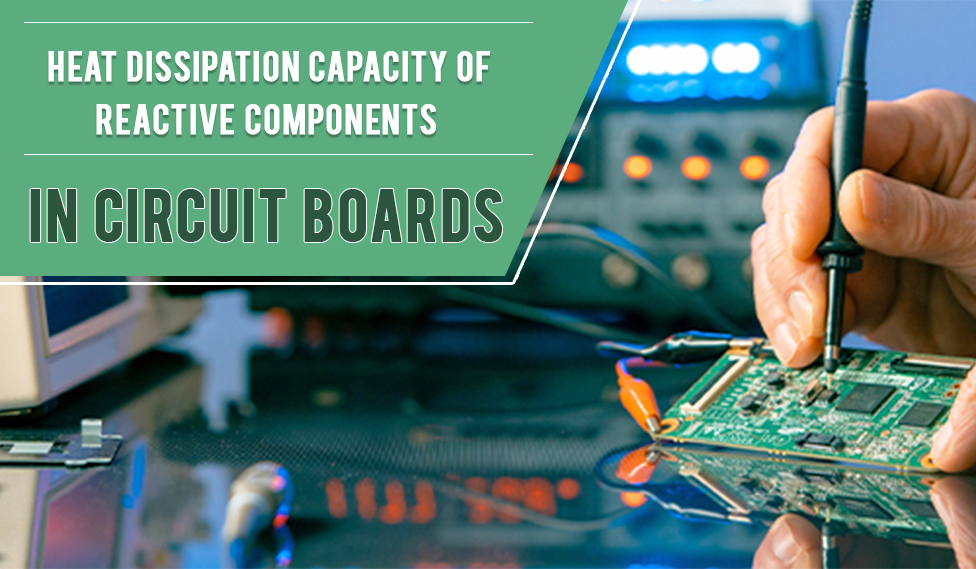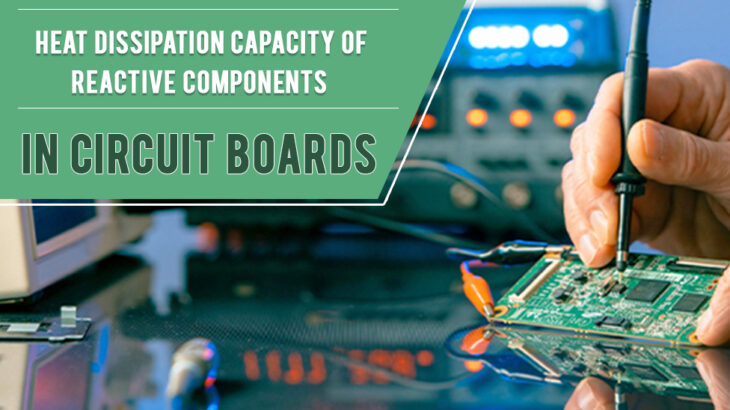
The single-most challenge engineers face in designing electronic circuits is thermal management. Multiple components within the circuit release heat while they run. If that heat is not dissipated correctly, it will damage the component. It affects the active life of the device and leads to product failure. Therefore, this is one of the essential factors in determining the effectiveness of PCB layout services. Hence, the designer must focus on the heat dissipation capacity of the reactive components in circuit boards.
What affects heat dissipation?
The design of the electronic parts is critical in heat dissipation. There are other reasons like the color and the surrounding temperature. However, it mostly depends on the mechanism for releasing heat like conduction, convection, and radiation. The rate of dissipation varies depending on the mechanism.
No matter the method, the engineer’s main aim is to reduce heat faster than generated. When the heat generation is greater than the release, internal components might damage and lead to inefficiencies.
Design elements that increase heat dissipation capacity
1 – Thermal interface material
Thermal interface materials fill the gaps between the source of the heat and the heat sinks. They help regulate the heat inside the system since these materials have high thermal conductivity.
2 – Thermoelectric modules
This device uses the Peltier effect. They cool or heat a component depending on its application. Thermoelectric modules are deployed along with the heatsink.
3 – Heat sink
Heat sinks work mainly on the concept of conduction and occasionally through radiation or convection. In simple terms, they are metal parts in direct contact with the heat source. Generally, copper or aluminum are used since they have good thermal conductivity.
4 – Heat pipes
Heat pipes are aluminum or copper tubes filled with liquid. This liquid absorbs the heat inside the system.
Heat dissipation capacity of electronic components
The efficiency at each electronic components transfer heat is the heat dissipation capacity. Generally, this happens when the component is hotter than its environment. Therefore, it is essential to maintain a low temperature for effective heat removal in electronic components.
The heat dissipation capacity relies on the temperature difference, and because of this variation, the heat transfer method will also change. Even the dissipation rate varies with each process. For instance, the heat dissipation rate may differ with conduction and natural convection.
Heat dissipation in inductors
The heat transfer capacity of inductors depends on their surface area. So, the more surface area, the higher is the heat dissipated. Since inductors comprise windings and core, the placement and the mounting methods affect the heat dissipation rate. For example, the windings in a toroidal inductor dissipate heat easier when compared to the E-type inductors. Likewise, the core of the E-type inductor has a higher heat dissipation capacity than that of the toroidal inductors.
Heat dissipation in capacitors
When the current or the ripple voltage acts upon the capacitor, the power is released in the form of heat. The heat dissipation rate varies with the thermal conductivity of the capacitor’s medium and its surface. Even the heat tolerating capacity of the terminal, leads, and lugs will also affect heat dissipation in capacitors.
It is difficult to imagine modern equipment without reactive components like capacitors and inducers. The heat dissipation can be enhanced through various thermal regulation techniques like liquid cooling and forced cooling.
Sunstream can help you implement thermal management methods in your electronic circuit design through our skilled engineering team.




 +1.585.935.7123
+1.585.935.7123 +91-804-148-6861
+91-804-148-6861